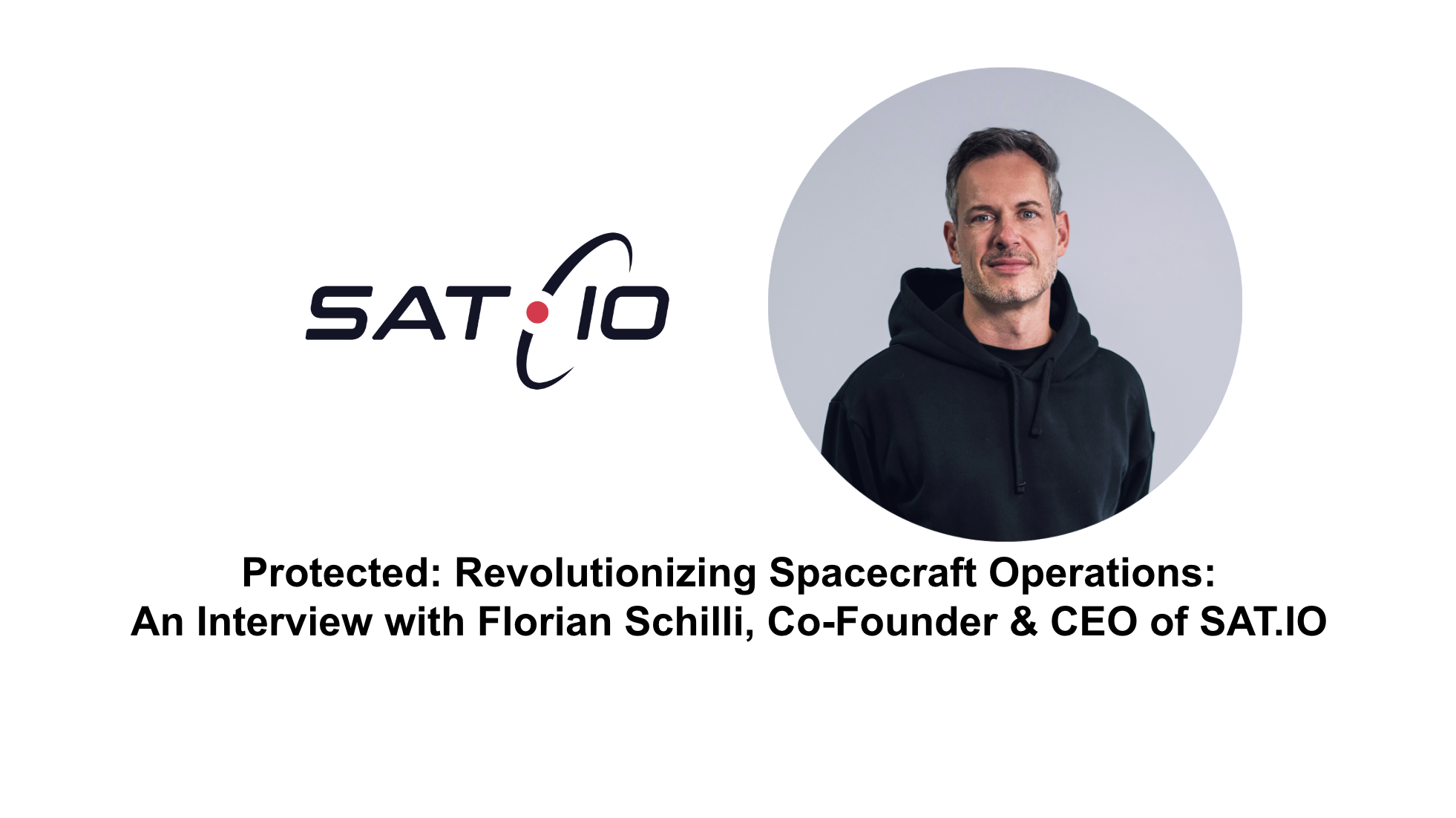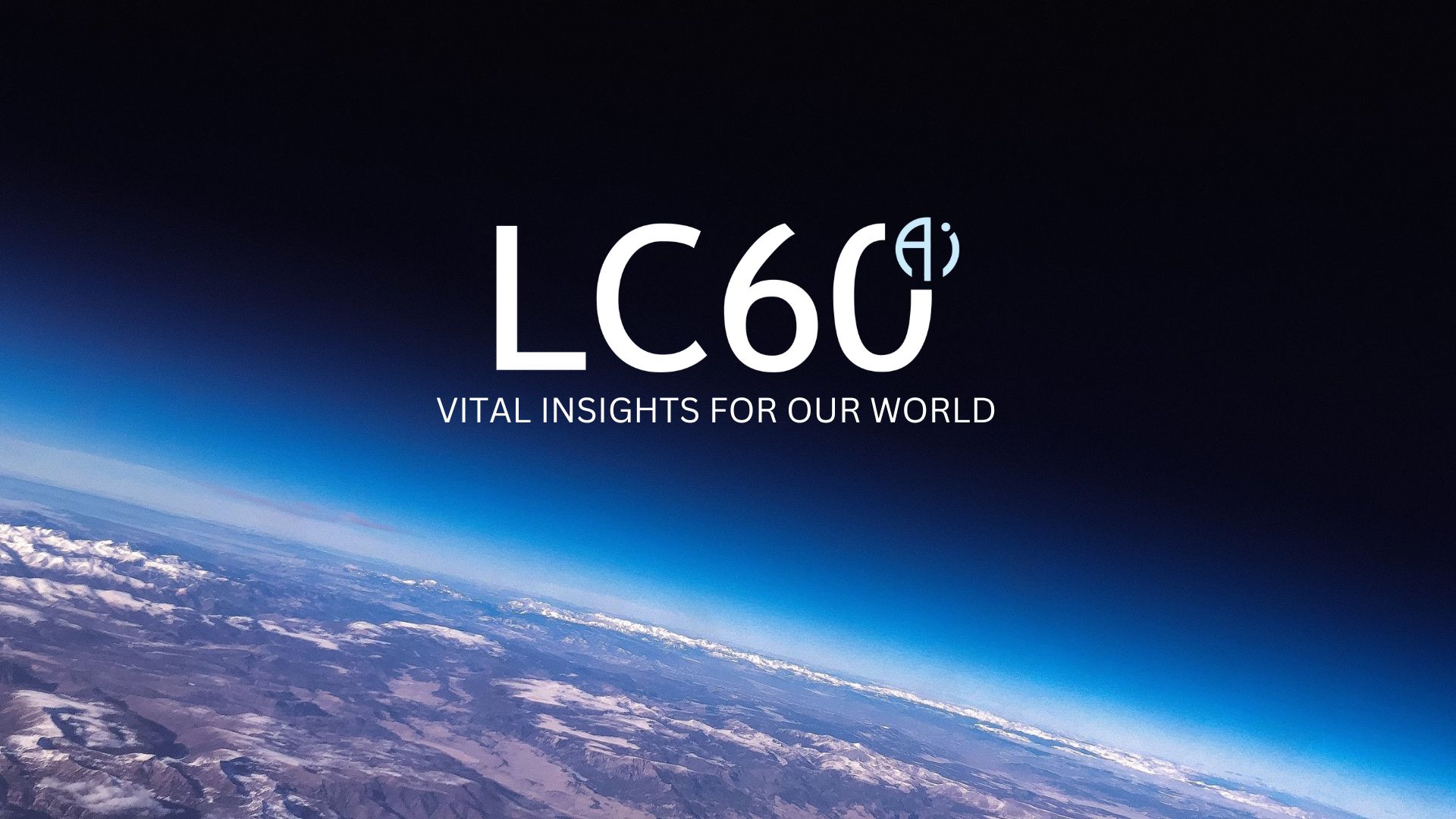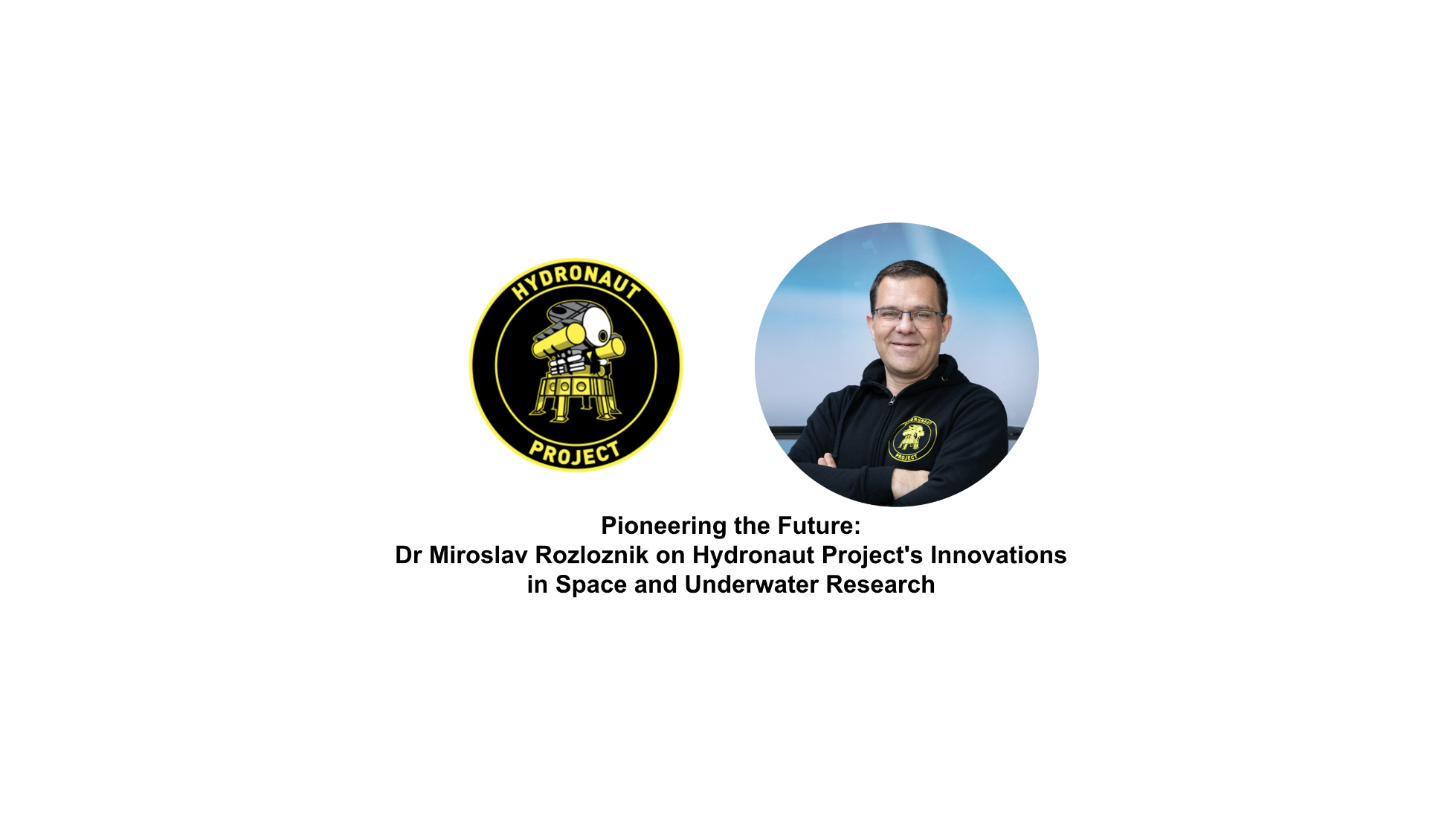
In this interview, we sit down with Florian Schilli, Co-Founder and CEO of SAT.IO, a company revolutionizing spacecraft operations with its SAT.os platform. With over 10 years of experience in business development, strategy, finance, and investor relations, Florian leads SAT.IO’s marketing, sales, and business strategies. Holding degrees in automotive engineering (B.Eng.) and innovation management (M.Sc.), Florian shares insights into SAT.IO’s innovative approach to software architecture for spacecraft, enabling scalable, customizable operations through their SAT.os platform. Discover how SAT.IO is empowering space missions with cutting-edge technology.
1. Could you elaborate on SAT.IO’s long-term vision and how it aligns with the broader satellite industry trends?
SAT.IO’s long-term vision is rooted in our deep expertise in satellite design and operations, particularly the insights gained by our co-founders, Kai and Sebastian, during their pioneering work on the first satellite mission at the Institute of Space Systems at the University of Stuttgart. Their experience revealed several critical challenges in satellite operations that are not only relevant to academic missions but also resonate across the entire space industry.
In response to these challenges, SAT.IO is committed to revolutionizing satellite operations by making them more streamlined, cost-effective, and accessible, even as the complexity of these operations continues to grow. We are focused on developing solutions that reduce the resource intensity traditionally associated with satellite missions, enabling more efficient and scalable operations.
This vision aligns closely with broader industry trends, where we see a significant push towards automation, optimization, and the use of advanced data analytics in satellite operations. As the satellite industry increasingly embraces constellations, small satellites, and more complex missions, SAT.IO aims to be at the forefront, providing solutions and technologies that empower operators to manage these sophisticated systems with greater ease and reliability. Our goal is to democratize satellite operations, ensuring that even small teams can achieve large-scale impacts in space exploration and commercial satellite use.
2. What sets SAT.IO apart from other players in the satellite operations software market?
What truly sets SAT.IO apart in the satellite operations software market is our unique approach to mission control. We’ve developed a platform that functions much like an operating system, a fundamental shift from the traditional, often rigid, mission control software available today. This innovative design enables us to offer a cost-effective and high-performance solution that is capable of scaling effortlessly to manage large satellite constellations and multiple missions simultaneously.
Our platform’s architecture is inherently flexible, allowing users to choose between maximum customization or ready-to-use solutions based on the specific requirements of their missions. This versatility ensures that our clients can optimize their operations whether they’re handling a small number of satellites or managing a complex, large-scale constellation.
Additionally, SAT.IO’s approach addresses key challenges faced by many in the industry, such as the need for an independent, satellite bus-agnostic system that avoids vendor lock-in, while also offering scalability, efficiency, automation and adaptability in an increasingly complex operational environment. Our platform, the operating system, is designed not just to meet current demands but to anticipate future needs, making it a robust, forward-looking solution in a rapidly evolving sector.
By focusing on flexibility, performance, and scalability, SAT.IO stands out as a game-changer in satellite operations, offering unparalleled value to companies looking to streamline their operations and reduce costs without compromising on quality or capability.

3. How do you envision expanding SAT.IO’s market reach beyond its current customer base?
SAT.IO initially focused on our core expertise in satellite operations, which has allowed us to build a strong foundation in this area. However, our long-term vision extends far beyond traditional satellite operations. Our platform is designed with versatility in mind, meaning it can be adapted to support a wide range of spacecraft operations, including rovers, orbital transfer vehicles, and other space systems.
We are actively exploring new solutions that not only complement our existing satellite operations software but also expand our capabilities into adjacent areas.
Our goal is to establish SAT.IO as a comprehensive, end-to-end solution provider in the space industry, capable of addressing the operational needs of various types of space missions while also contributing to the growing demand for satellite products and services.
4. What specific space industry challenges did you encounter during the “Flying Laptop” mission that directly influenced the development of SAT.IO’s software?
During the “Flying Laptop” mission, our team encountered several challenges that are common across the space industry, particularly when working with traditional mission control software. Like many other organizations launching and operating space assets, we initially relied on a classic mission control system. However, to meet the unique demands of our mission, we found ourselves building additional sub-services around the central system and dedicating significant time to automating various operational processes. This ad-hoc approach is typical in the industry but comes with significant drawbacks.
One of the major challenges we identified is integrating a different satellite bus or protocol alongside the existing setup. This required extensive maintenance of APIs and interfaces to accommodate the new configuration, which proved to be both time-consuming and resource-intensive. The rigidity of the traditional system meant that any change—whether in mission requirements or the operational environment—necessitated substantial rework.
As we continued to adapt the system for the “Flying Laptop” mission, it became increasingly clear that the software was highly mission-specific and lacked the flexibility to be reused for different future missions. This realization led us to fundamentally rethink how a mission control system should be designed.
The development of SAT.IO’s software was directly influenced by these experiences. We aimed to create a scalable, flexible platform that could easily adapt to new mission requirements, support multiple satellite buses and protocols without extensive reconfiguration, and automate processes from the ground up. Our goal was to eliminate the need for custom-built sub-services and to offer a more robust, future-proof solution for space operations. This approach not only streamlines operations but also reduces the long-term costs and complexities associated with maintaining and updating mission control systems.

5. How does SAT.IO’s mission align with the broader goals of space exploration and commercialization?
SAT.IO’s mission is deeply aligned with the broader goals of space commercialization, which are being shaped by several key industry trends. As launch costs per kilogram to orbit decrease and the frequency of available launches increases, space is becoming more accessible to a wider range of companies. Moreover, advancements in sensor technology, artificial intelligence, and machine learning are enabling the extraction of increasingly valuable data from space, turning satellites into a more accessible commodity.
In this rapidly evolving environment, private commercial companies are driving innovation with business goals that differ significantly from those of traditional governmental space or defense agencies. These companies prioritize maximizing efficiency, reducing operational costs, and scaling their operations to meet market demands.
SAT.IO is specifically designed to support these commercial objectives. Our platform enables companies to manage their satellite operations with greater efficiency and flexibility, reducing the costs associated with mission control while improving overall operational performance. By offering a scalable and adaptable solution, SAT.IO empowers commercial entities to focus on leveraging space-generated data and services for their specific business goals, rather than being burdened by the complexities of traditional satellite operations.
In essence, SAT.IO is facilitating the broader commercialization of space by providing the solutions necessary for private companies to operate more effectively in this increasingly competitive market. Our mission is to help democratize access to space, making it a viable and profitable frontier for a wide array of industries.
6. How does SAT.IO’s software address the unique scalability challenges posed by large satellite constellations and complex space missions?
SAT.IO’s software is engineered to tackle the distinct scalability challenges associated with large satellite constellations and complex space missions by addressing two key issues.
Firstly, operating large or even mega constellations demands a lean and high-performance system design. SAT.IO’s platform is built according to the latest design principles and programming standards, ensuring that it can efficiently manage and operate a large number of satellites simultaneously instead of focusing on one single spacecraft. This is crucial for maintaining operational efficiency and minimizing latency, even as the size and complexity of the constellation grow.
Secondly, as constellations are often built up over several years, there is a high likelihood of design changes in satellite buses and payloads. SAT.IO’s platform is designed with the flexibility to accommodate these changes seamlessly. The operating system concept of our platform allows new assets to be added to existing missions at any time, regardless of
whether these new assets are similar to or entirely different from the previous ones. Once integrated, all solutions running on the platform can be applied to the new assets without incurring additional maintenance efforts or disruptions.
This combination of scalability, flexibility, and ease of integration ensures that SAT.IO’s software can not only keep pace with the evolving demands of large satellite constellations and complex missions but also future-proof operations against inevitable technological advancements and changes in mission requirements.
7. Can you provide specific examples of how SAT.IO’s automation capabilities have improved mission efficiency and reduced operational costs for space clients?
Automation is a critical component of SAT.IO’s platform, and it’s something that virtually all of our clients demand. Automating operations is essential for satellite operators because it significantly saves both time and money. To deliver a solution that effectively meets these needs, we’ve meticulously analyzed our customers’ operational processes and workflows, resulting in software that inherently supports automated operations.
One tangible example of this is the coding library provided with our operating system, SAT.os. This library allows our clients to easily create procedures and automation scripts tailored to their satellite fleets. By simplifying the creation of these scripts, clients can automate a wide range of tasks, from routine hands-on operations to complex system tests. This capability drastically reduces the manual effort required for day-to-day operations, enabling operators to focus on more strategic activities.
Another impactful example is our mission planning solution. Many of our clients require automated mission tasking, such as the creation of timelines and schedules for earth observation missions. Our mission planning tool is designed specifically to handle these needs. While the initial planning requests might be initiated by a decision-maker—whether it’s a human, an automated agent, or through a user interface—our system automates the entire process. It handles scheduling, prevents conflicts, ensures smooth execution, and keeps users informed throughout.
Looking ahead, we plan to enhance these capabilities further by incorporating advanced features like automatic maneuver planning and leveraging AI to assist in decision-making. These innovations will not only streamline operations but also empower our clients to manage their missions more efficiently and cost-effectively.

8. What inspired your personal journey into the space industry, and how does this passion drive SAT.IO’s mission?
As a child, I dreamed of becoming an astronaut, captivated by the mysteries of space. However, as I grew older, my fascination shifted to something more tangible—cars, particularly sports cars. My love for the extreme naturally led me into motorsport, which eventually steered me toward a career as an automotive engineer. I had the privilege of working with some of the most renowned supercar and hypercar manufacturers in the world, which fulfilled my passion for engineering and innovation.
Despite my success in the automotive industry, the entrepreneur in me was always restless, envisioning a future where I could combine my skills with a new, groundbreaking venture. In 2021, I read Elon Musk’s biography, which opened my eyes to the incredible advancements that had occurred in the commercial space industry over the past decade. My curiosity was piqued, and I began exploring the space sector with increasing interest.
This journey of discovery led me to meet my current co-founders, Sebastian and Kai, who were looking for someone with entrepreneurial expertise to complement their deep technical knowledge in space systems. The connection was immediate, and together, we embarked on the adventure that would become SAT.IO.
Today, my perspective on the world has fundamentally changed. Every time I look up at the sky, whether it’s during the day or under the stars at night, I’m reminded of the limitless possibilities that space holds. The space industry is poised to be one of the next great frontiers for humanity, and it inspires me daily to contribute, even in a small way, to this incredible journey. My passion for exploration and innovation drives SAT.IO’s mission to push the boundaries of what’s possible in satellite operations, enabling others to achieve their own space-bound dreams.
9. What opportunities do you see for strategic partnerships with other space companies to expand SAT.IO’s reach and capabilities?
SAT.IO identifies significant opportunities for strategic partnerships with various space companies to enhance our reach and capabilities. One key area is collaborating with satellite manufacturers to integrate their satellite platforms into SAT.IO’s operating system. While this might initially appear to compete with the manufacturers’ in-house operational software, there are compelling reasons why such partnerships could be mutually beneficial.
By making their satellite platforms available within SAT.IO’s system, manufacturers can open up new business opportunities. This collaboration would enable them to offer their customers a more flexible and satellite bus agnostic solution with a wide range of functionalities, potentially reaching a broader market. It also allows manufacturers to focus on their core strengths—building cutting-edge satellite hardware—while leveraging SAT.IO’s expertise in software and operations.
Additionally, SAT.IO sees value in partnering with companies that provide space situational awareness (SSA) services. Seamlessly integrating SSA capabilities into our platform would significantly enhance the overall safety, reliability, and effectiveness of satellite operations for our customers. Such a partnership would benefit both companies, as it would create a more comprehensive solution that combines the strengths of each party, offering a richer, more robust service to the end user.

Alex Cresniov, Founder of SpaceTech in Gulf
About the author: Passionate in the Space industry with significant expertise in Policy Making, Global Socio-Economic Assessments, and DeepTech Analytics.
Email: alexei@spacetech-gulf.com









